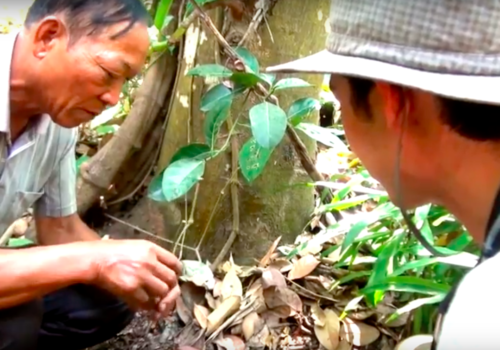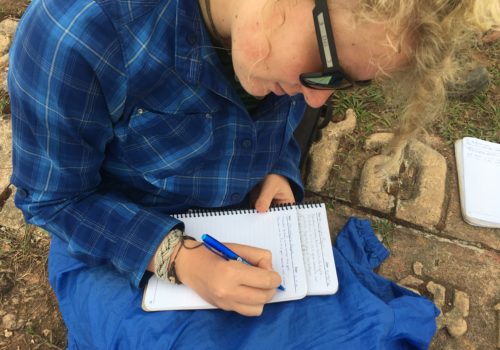The first Expedition Field Course of the fall semester is our course on Agroecology. More than just a course about organic and agroecological farming, the course spends a lot of time exploring food systems, agricultural systems, and the relationships between farmers, fields and consumers.
A core part of the course is learning about different plants and how they fit together as an agroecological system. This is foundational to understanding how this type of farming can be more sustainable than monocropping, with emerging research showing organics tend to be healthier (due to their natural defenses kicking in), higher yields in some cases (in terms of biomass as well as food), as well as some interesting research hinting at higher rates of carbon sequestration for organic and agroecological farming over “conventional” farms (“conventional” meaning high chemical inputs on monocrops, not “conventional” as in what humanity has done for most of history).
Each year the course adapts to current needs and work being done by our village partners and the folks at the Upland Holistic Development Project. What remains year-to-year is a great opportunity for students to learn about plants and how they fit together in creating a healthy agroecology. Here is what it looks like:
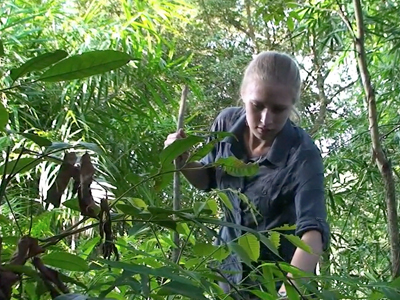
First, using field guides student go into the fields and forests to identify plants used in agroecosystems.
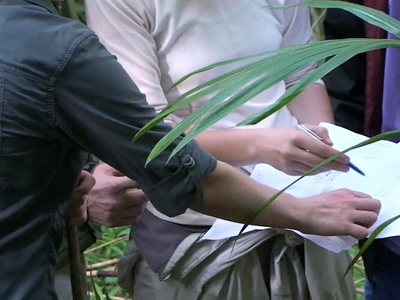
Next, plants are identified and marked down in relation to other plants and physical features of the landscape.
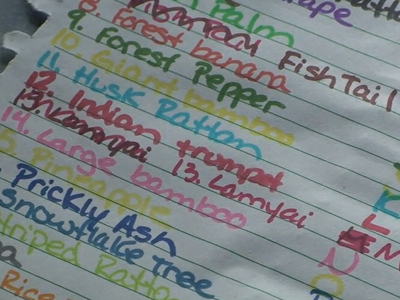
Healthy agroecosystems (in this case an agroforest) tend to have a LOT of plant diversity.
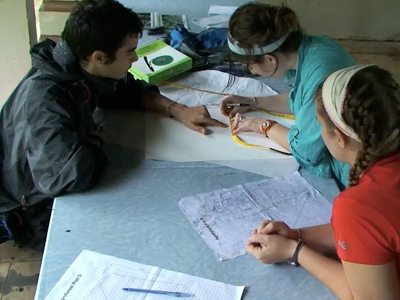
FInally, working off of maps and field notes, the plants are identified and systems are mapped.
